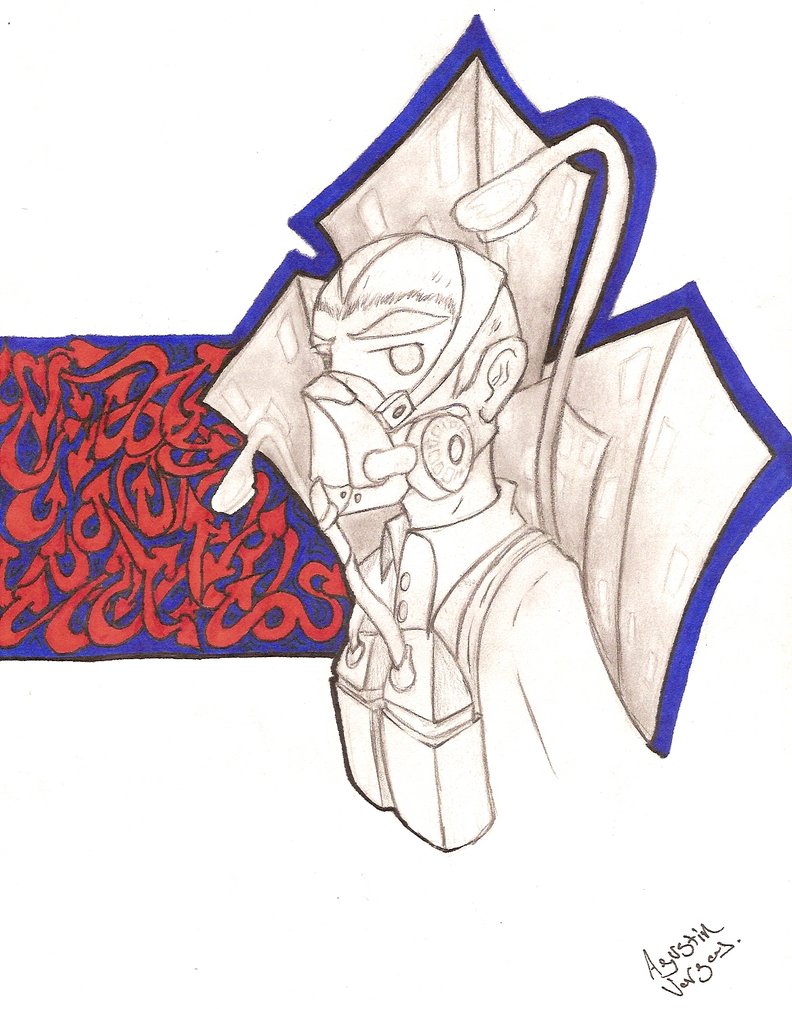
The mask forms a sealed cover over the nose and mouth, but may also cover the eyes and other vulnerable soft tissues of the face. Army soldier ( USAWC photo) Indian muleteers and mule wearing gas masks, France, FebruA Polish MUA gas mask, used in the 1970s and 1980sĪ gas mask is an item of personal protective equipment used to protect the wearer from inhaling airborne pollutants and toxic gases.

1915 Zelinsky–Kummant protivogaz, designed in 1915, was one of the first modern-type full-head protection gas masks with a detachable filter and eyelet glasses, shown here worn by U.S. For peacetime uses, including masks designed to filter gasses and particles, see elastomeric respirator. The gas masks were the most precious assets of the soldiers.For the mask used to inhale the gas through, see Mask § Functional masks. Mustard gas tended to infiltrate the rubber masks, so the German army, so parsimonious in materials, produced from 1917 the leather mask impregnated with reagents neutralizing rather than rubber. The filter could last about 5 hours, during attack, so the soldier had often an old chemical neutralization mask for back-up or a spare filter. The masks were very wide, especially below the viewers, so the soldier could insert forefingers externally in the folds of the mask and clean inside the condensation that formed on the lenses. These masks proved very effective and were usually made of rubber or rubberized fabric, not all masks were equipped with escape valve, and this forced the wearer to breathe the same air, or make great efforts to expel it from the filter. These masks possessed of external filters containing layers of active carbon, usually produced from seeds of fruit, and layers of gauze containing neutralizing substances. Thus they were introduced new masks to physical absorption, rather than chemical neutralization. In 1917 appeared the Mustard Gas, or Yperite, it was a blister-vescicant gas, it wasn't as deadly as Phosgene, but it was the more invalidant agent of the war, and it persisted after the launch for days, and sometimes for weeks in the trenches. Unseen and undetected it could act for hours, without evidence of effect on the exposed men, then appeared the effect, irritation of eyes, dyspnea and bronchospasm. Against the phosgene were added more gauzes soaked with different neutralizing substances, but the chemical neutralizing masks and pad were not completely reliable, furthermore, if the mask was bathing neutralizing agents were washed away. The first gas masks given to the troop were canvas funnel cointaing gauzes soaked with neutralizing substance, or gas helmet, like the british P Helmet, soaked in sodium hyposulfite. Then during 1915 come the Phosgene, the main agent of fatalities due to gas during the great war. The Phosgene was invisible and quite odorless, just an inkling of hay. Chlorine was easy detected, because its evident green color and its strong smell. The countermeasure was to cover mouth and nose with a cloath dumped with water or urine, because the gas is water-soluble and it react with the urea contained in urine.

In world war I were used three class of poison gas: Tear gas - Chocking - Blister/VescicantĪt the beginning were used tear gas like bromine and chloroacetone since 1914, then chocking agent in 1915, like Chlorine and Phosgene.


 0 kommentar(er)
0 kommentar(er)
